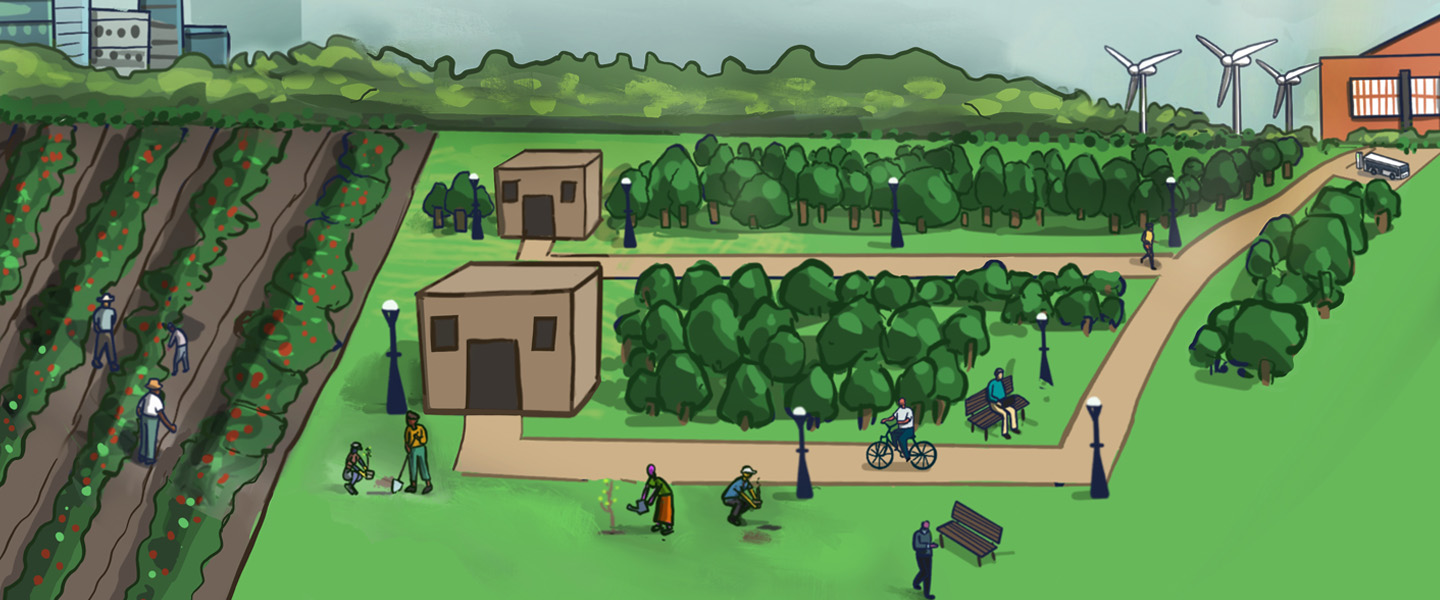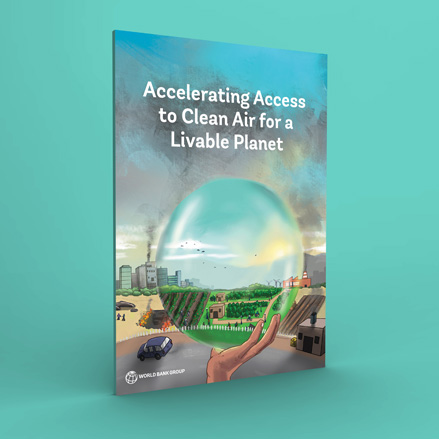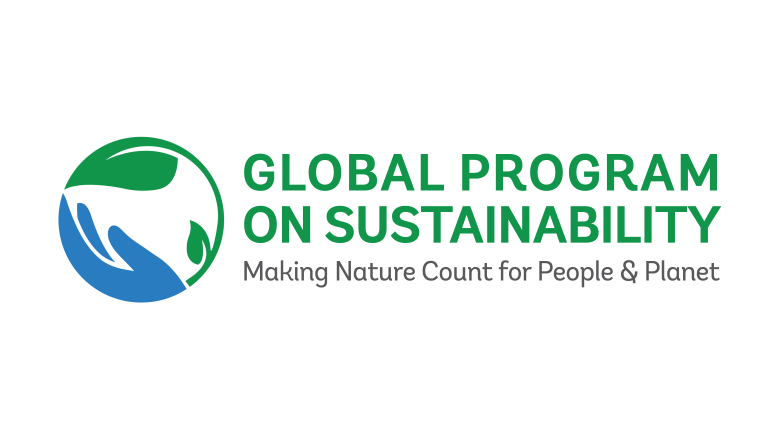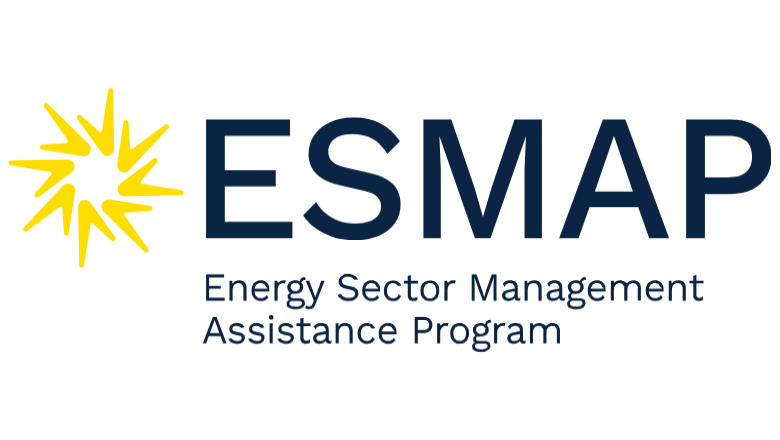Outdoor air pollution is taking a heavy toll on both people and economies across the world. Reducing it will require effective, targeted, and integrated policies.
This report identifies the main sources of air pollution in the world today, with a focus on ambient fine particulate matter (PM2.5). It assesses the extent to which current air pollution policies will reduce exposure to PM2.5 by 2040, to show how integrated policies across various sectors can unlock cleaner air, with substantial development benefits.
The report also assesses strategies and financing requirements to mobilize clean air investments and emphasizes the features of effective air quality management governance.








